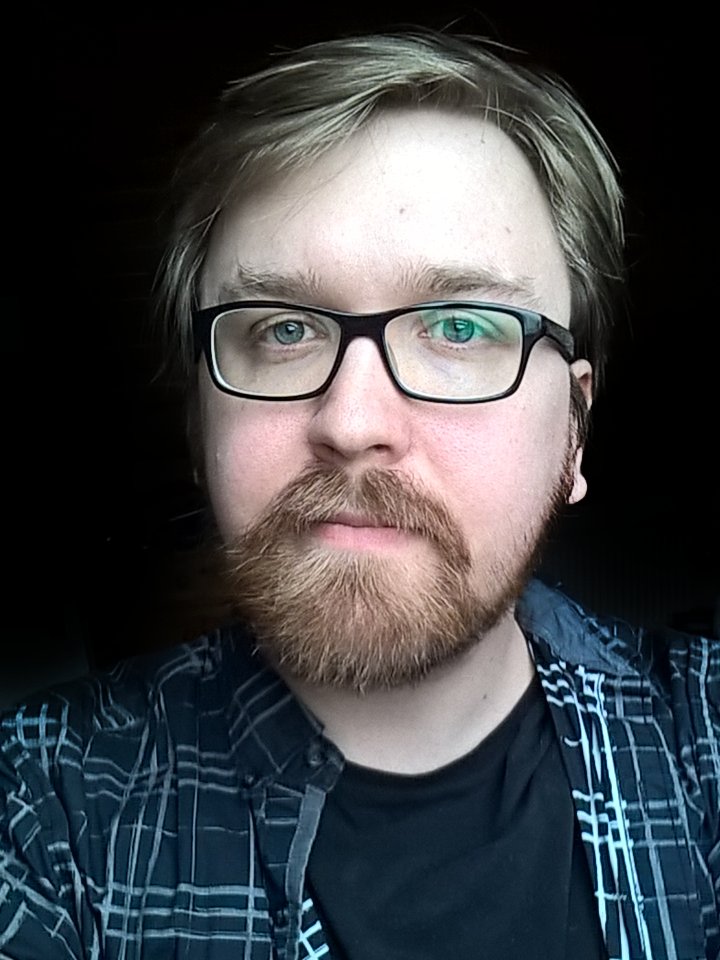
Graduate case studies
Even though many of our graduates will have progressed in their careers since completing a case study, they are still of interest to students who wish to gain an understanding of the world of work.
I am responsible for pushing the envelope of video game graphics, empowering other artists in the studio to do their work more efficiently and coming up with creative solutions to a very diverse variety of problems.
My work is immensely varied and very different from week to week and month to month. Sometimes I am learning new software and evaluating whether it should be added to our development pipeline, other times I writing new software or writing add-ons and tools to existing software to improve other artists' workflows.
A lot of the time I'm working directly on the games, trying to solve specific challenges - e.g. how should we render clouds, how do we generate lightning or how do we animate the sails on a sailboat. It involves coordination between art and engineering departments and working a lot within each discipline. Some problems require an analytical solution that requires reading and implementing state of the art computer graphics whitepapers, other times the solution is more artistic and involves creating 3D models and painting textures to achieve the desired effect.
Working with computer graphics is immensely satisfying - it is very easy to get cool results very quickly. There's both an immediate sense of reward when things start to behave the way you want them to and a longer-term one when the product you have made reaches millions of fans who express joy and adulation.
It is consistently challenging and varied, it forces me to keep learning and improving in order to keep up with the technology.
You are often doing things that have not been done before, so you're always uncertain whether you're using an approach that can actually work. Sometimes you have to scrap your work and go back to the drawing board. It can get mired in complicated maths or in an artistic rut, either way building up a gnawing sense of frustration until you finally get that breakthrough you've been looking for. It's also very much about working as a team. You have to get other artists, engineers and other departments on board with what you're doing and help them coordinate with one another. If there's a lack of understanding, it can grind everything to a halt.
I've always wanted to work in videogames and have struggled to reconcile my artistic and my technical side. This job gives me the freedom to choose how I solve problems and draw on all of my abilities.
Art skills, coding skills, general analytical and logic skills as well as team-working and interpersonal abilities.
I started at this job within a few months of graduating (October 2012) and have worked here since.
I intend to follow this career path. Technical artists are in very high demand in the industry and with growing experience I have more and more options available to me, to go and work wherever I would want. Further down the line I hope to grow into more of a leadership role and become a Technical Art director.
Getting into the games industry is very much a matter of portfolio rather than qualifications. Picking up the right skills is not that hard if you're really enthusiastic about what you want to do, especially in a humanities degree you can get a lot of time to develop the right skills alongside the work you do in your course.
Last updated: 23 Jun 2017
